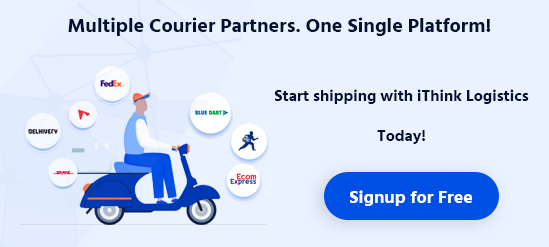Browse→Add to cart→Checkout→Delivery
The four-step process buyers and sellers love!
But, the addition of a fifth one is particularly inconvenient!
E-COMMERCE RETURNS!
As online shopping continues its meteoric rise, businesses grapple with the challenge of e-commerce returns reduction.
Even after streamlining shipping processes, packages are forced to retrace their steps back to the warehouse. This can be avoided by effective return management strategies.
Let’s get a better understanding of Returns and Return Prevention Strategies
Understanding Returns
Returns play a pivotal role in shaping success and sustainability. They are often termed as the reversal of a purchase, occurring when a customer decides to send back a product they bought from an online store.
Returns offer customers a safety net, reassuring them that their purchase is protected.
On the other hand, it presents both financial and logistical challenges for businesses like increased operational costs, inventory management complexities, and potential product damages during transit.
The Effect of Returns in E-commerce
In the realm of e-commerce, returns wield a profound impact on the dynamic relationship between businesses and customers.
Financially, returns incur direct costs, including shipping expenses, restocking fees, and potential product depreciation. For e-commerce ventures, these cumulative costs can erode profit margins and disrupt financial projections.
Logistical complexities add further layers of challenges. Handling product returns effectively demands detailed planning, efficient inventory management, and the support of reliable shipping carriers. This can strain warehouses and inventory systems, leading to stockouts or overstocking.
A seamless returns process fosters trust and confidence, encouraging repeat purchases.
Return Prevention Strategies
Enhancing operational efficiency and customer satisfaction with essential return prevention strategies that can revolutionize the e-commerce landscape in India:
1. Reconfirm the Order and Address of the Buyer: Before dispatch, implement a two-step verification process. Reconfirm the buyer’s order details and shipping address. This simple step can significantly reduce instances of returns resulting from incorrect or mismatched information.
2. Immediate Communication with Customers: Timely communication ensures that customers are well-informed about their purchase, thereby reducing uncertainties.
3. Pre-Shipping Buyer Intent Verification: By seeking confirmation from customers shortly after purchase, businesses can ensure that the order is genuine and has not been placed wrongly.
This verification step allows customers to review their orders before shipping, minimizing the likelihood of returns due to impulse purchases or accidental clicks.
4. Transparency in Product Information: Clear and comprehensive product information is ideal to reduce product returns. Detailed product descriptions, accurate images, and customer reviews can align customer expectations with the actual product, reducing the chances of post-purchase dissatisfaction.
5. Efficient Packaging and Quality Control: Employ sturdy and secure packaging practices to safeguard products during transit and minimize damages. Conduct quality control checks to ensure that only error-free products are dispatched to customers.
Conclusion
Reducing returns and streamlining shipping in e-commerce is not just a matter of convenience. It is a critical aspect that can impact a business’s bottom line and customer relationships.
This is where you can opt for Connect+ by iThink logistics and add stress-free shipping to your product journey.
With a 3-step approach: Order Confirmation, Address Confirmation and COD to Prepaid Conversion, it is designed to reduce returns. It will offer a smoother online shopping experience for both buyers and sellers.
As e-commerce continues to evolve, embracing these strategies becomes essential for businesses to thrive and stay ahead in this competitive marketplace.
